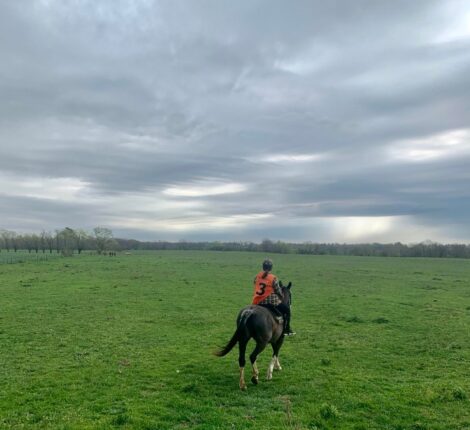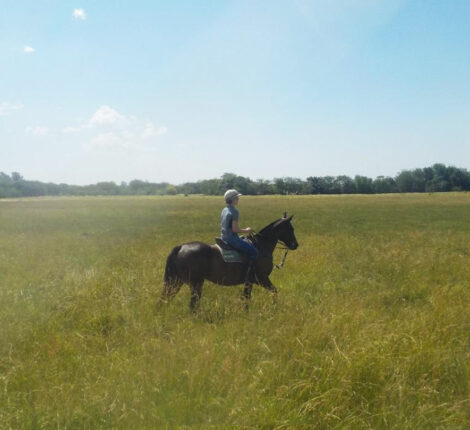- February 5, 2020
- Polo Horse
- Comments : 0
Taming: Becoming a Polo Pony
Every time we attend a polo match, maybe we ask ourselves how was the process by which a wild horse turns out into a polo pony, that is to say a flexible animal capable of abiding and following the player´s orders and having, simultaneously, a perfect performance at the polo field.
If you ever had these doubts, we invite you to read this article dedicated to taming horses. The tame arts.
Generally speaking, taming is referred as the period of time during which a horse is trained for a particular purpose, in this case for polo. It is important to highlight that this period is not definite since it depends on different variables such as the horse´s character, its genetics and the purpose of the tame, among others. Specialists on the subject explain that a horse for Endurance requires much more training than one use for Races but less than one destined to play Polo. Furthermore they point out that a horse intended to be a polo pony has a strong character in comparison to others, reason why the tamer must be very careful during training. Especially because the final objective is to transform a wild horse into one calm, athletic, docile, strong and resistant. So the first important conclusion the reader must retain is that it doesn´t exist a unique way to tame an animal, since it depends both on the tamer and on the horse´s attitude.
Despite these inherent differences, in general terms it is possible to affirm that techniques have changed over the years in response to a change in needs, result in turn of the professionalism that began to be demanded on horses. This is usually referred as an evolution from a traditional form of tame to a modern or rational one, where force is forbidden during training. In fact this occurs because the priority is to work with the animal´s sociology and apply that knowledge during taming. For example, understanding that they naturally live in herds and they get very nervous when being alone, is part of the rational tame. As well as realizing that a horse needs a natural leader and, if the tamer doesn´t demonstrate he is the one, the animal will occupy that place instinctively. The evolution towards this type of tame is also a consequence of the results obtained at the end of the process since horses end up being more docile and flexible, two important characteristics considering they will be used for sports.
Besides working with the animal´s sociology, tamers must be sure that the signs done to horses are assimilated by them in such a way that corresponds exactly to the rider`s message. The most common way to achieve this is through the system known as “rewards and punishments” since it motivates or inhibits different behaviors. This is why every time the horse does what he is asked to do, it will be rewarded with food or with a simple rest in order to demonstrate that the recent attitude is the correct.
On the contrary, to correct undesirable behaviors tamers employ punishments; of course avoiding them being violent or emotional. Changing the voice or the corporal language, are the most frequent ones. Above all, the implementation of this system allows that horses assimilate specific messages and then act in consequence.
By now, readers might be asking themselves if all tamed horses are then use for polo and, if not, how is the process by which they decide this. To understand this point it is necessary to highlight the last stage which is generally known as the stage of “pilots”, also referred as those who “end the horses”. Usually these “pilots” are the players who test the horses. Once this period ends, the next step is the training of the animal in order to achieve its maximum and higher performance in the polo field.
After reading this article, the reader should be able to recall three relevant arguments in relation to taming: that it is not an activity that takes place in a definite period of time -given that it depends of different variables-, the evolution towards a most rational way of taming produces horses more flexible and more functional to sports and that the system of “rewards and punishments” is absolutely necessary to accomplish the final objective: a trained polo pony.



